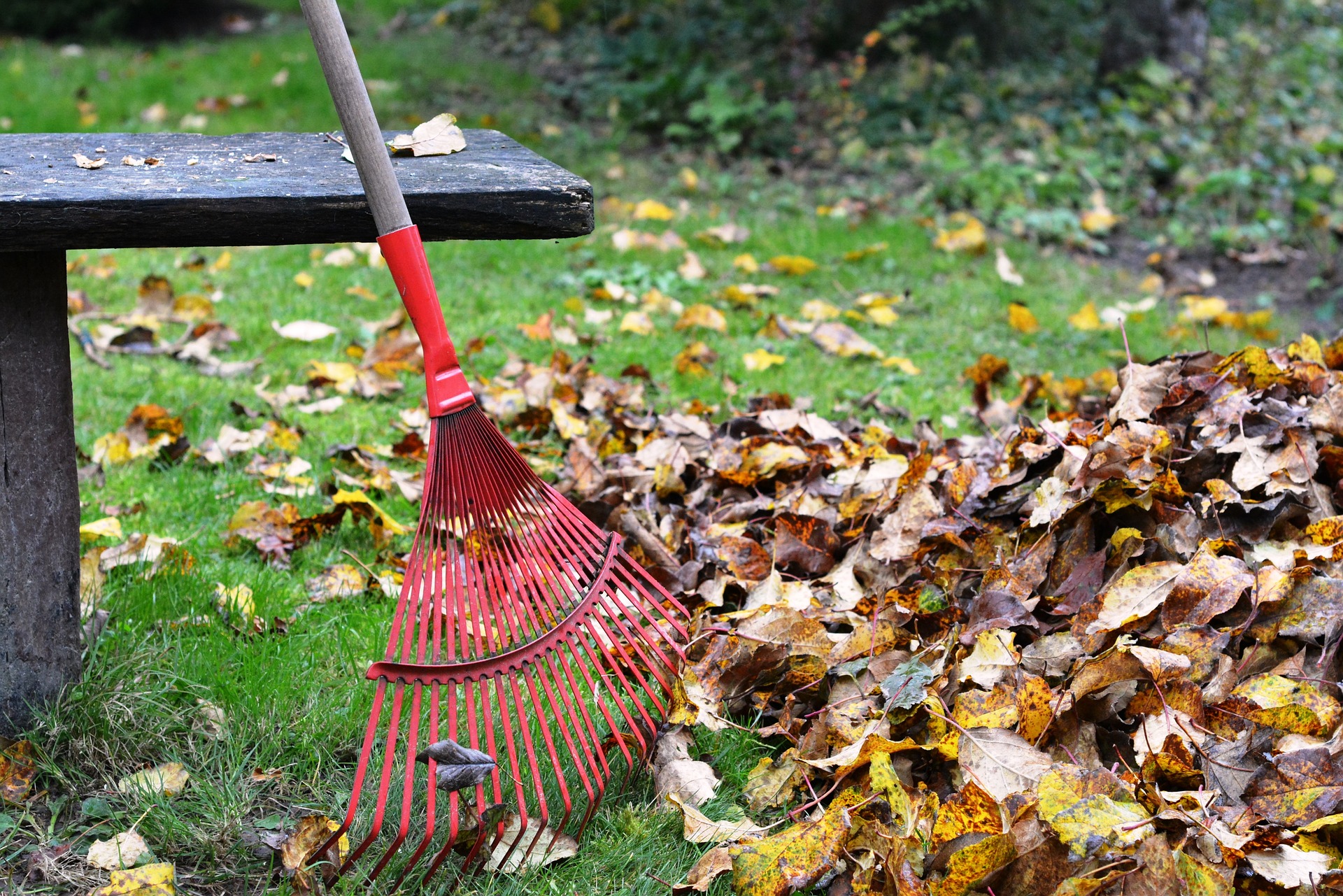Whether you own or manage a commercial property or simply enjoy taking care of your own lawn and garden, taking these steps in the fall will help your landscape withstand the harsh weather ahead and minimize spring clean-up:
1. Get Out Your Rake
As beautiful as the oaks and maples were this year during the peak of fall color, their dead leaves are now covering your lawn. Removing them will allow sunlight to reach your grass and keep it from thinning out—and what’s more fun for kids (and dogs) than a big pile of leaves?
2. Cut Grass Shorter
We recommend leaving your grass a bit longer during the warmer months, but you’ll want to start cutting it shorter in the fall. Along with removing the dead leaves, this will allow more sunlight to reach your grass during the winter and minimize damage from snow and ice.
3. Fertilize Trees
Adding fertilizer in the late fall will protect your trees from disease and insect damage throughout the winter months, allowing them to leaf out fully in the spring.
4. Consider a Soil Analysis
Toward the end of winter or the beginning of spring, it’s a good idea to replenish nutrients lost in your soil over the harsh winter to ensure healthy plant growth. Hire a professional or purchase a kit that will analyze your soil. This analysis will determine your soil’s profile so we can help you create a custom enrichment plan.
5. Trim, Prune and Cut Back
As winter looms, chances are plants that were the star of your property’s gardens in the warmer weather are about to take their final bow. Cut back perennials before they begin to show signs of damage from frost, pests, and diseases so they can grow back full and healthy in the spring. Removing dead plant material and pruning trees and shrubs will make your winter landscaping look more attractive now and also pave the way for more beautiful grounds in the spring.
6. Break It Up!
Aerating your soil keeps it from getting too densely packed, especially when covered with ice and snow. The process also allows oxygen, water, and fertilizer to reach the roots of trees and other plants more easily.
7. Plant Now
Fall can be a great time to do some planting! Talk to us about what to put in the ground—we’re happy to give you recommendations.
8. Cover and Protect
A thick layer of mulch will seal moisture and nutrients into the soil while making your winter landscaping look professional and well cared-for. It also protects sensitive plants from frigid weather and keeps weeds from getting an early start in the spring.
9. Keep Watering
Tempting though it may be, don’t stop watering your landscape when it starts to get a little cooler. We recommend you continue doing so until temperatures drop below 40 degrees.
10. Sprinklers Need Care, Too
If you’re a commercial property owner or manager, “blowing out” your sprinkler system in the fall will save you big headaches in the spring. Make sure there are no traces of water left in the system that could cause pipes to burst.
Maintaining a healthy winter landscape takes some forethought, but you’ll reap the benefits when your trees, plants, and shrubs stay healthy through the fall and thrive again in the spring and summer!

